Birds across the globe are facing a significant threat of extinction, largely due to the destruction of their habitats. From deforestation to climate change, these environmental pressures have caused drastic declines in bird populations, with some species on the brink of disappearing forever. Conservation efforts are underway, but for many rare species, the window of opportunity to protect them is closing fast. In this article, we explore some of the world’s most endangered bird species, focusing on the impacts of habitat loss and the urgent actions needed to save them.
Hooded Grebe
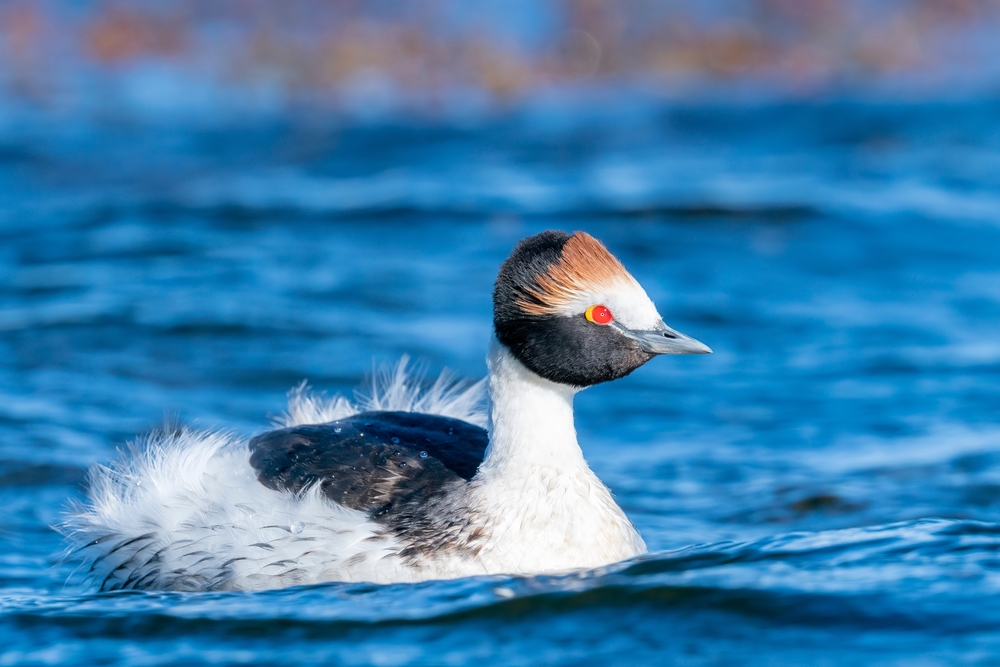
The Podiceps gallardoi, or Hooded Grebe, is critically endangered, with fewer than 800 individuals left. Found in the remote plateaus of Patagonia, Argentina, this species faces a rapid population decline due to habitat loss and climate change. Their breeding grounds in shallow lakes are shrinking because of dam construction, overgrazing, and unpredictable weather patterns. Invasive species, particularly the American mink and Kelp Gull, further exacerbate the situation by preying on their eggs and young. Conservation efforts led by organizations such as Aves Argentinas aim to protect the Grebe’s critical habitats and control invasive species. Although these efforts have provided some relief, the species continues to teeter on the edge of extinction. Further support is needed to establish more protected areas and restore degraded habitats. Without swift and expanded action, they may not survive the next decade.
Snowy Owl
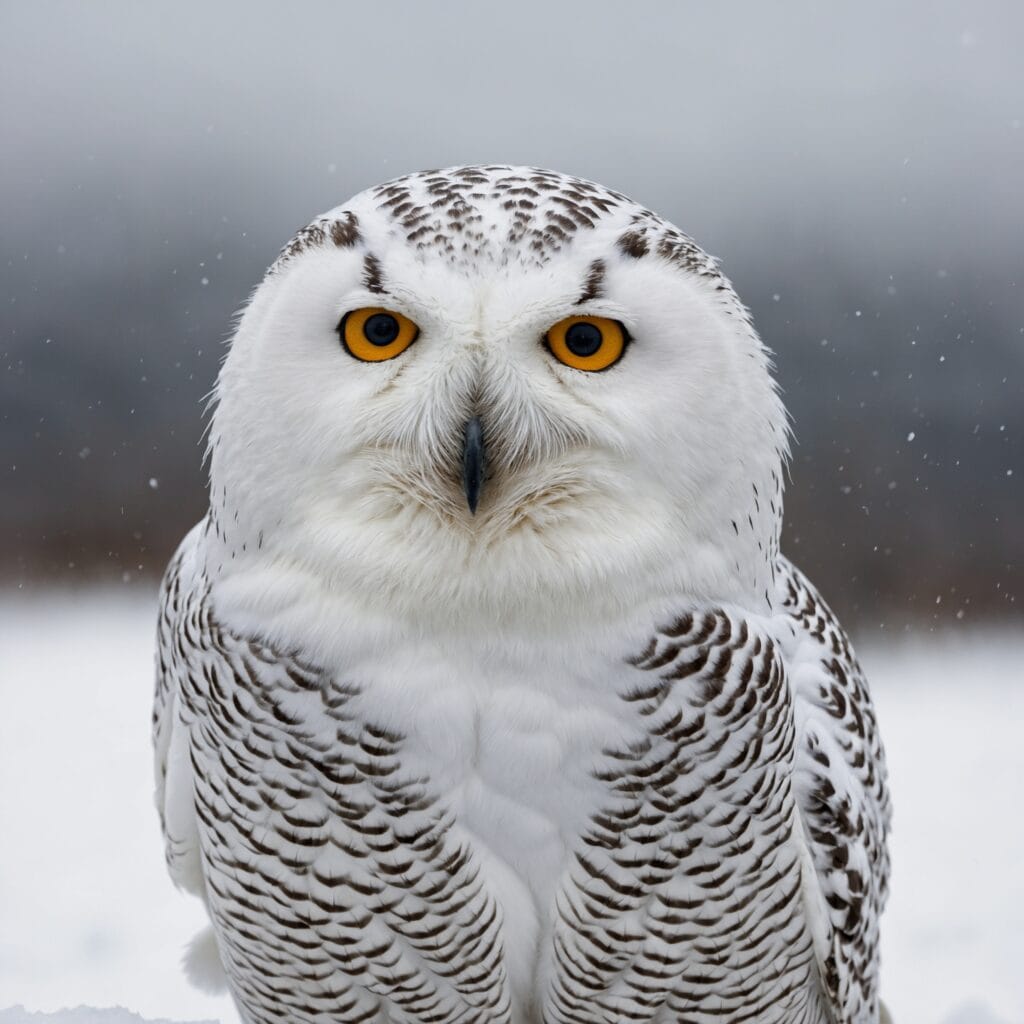
The majestic Snowy Owl (Bubo scandiacus) inhabits the Arctic tundra, but climate change has severely impacted its habitat. Warmer temperatures are reducing the populations of lemmings and other small mammals that the owls rely on for food, forcing them to migrate farther than before. As ice and snow coverage declines, the owls struggle to find suitable nesting sites, and human disturbance from industrial activities poses an additional threat. Although it is currently listed as “Least Concern,” populations in certain areas have seen significant declines. In 2023, fewer owls were sighted in their usual wintering areas across North America, suggesting that food scarcity is pushing them to new, less hospitable regions. Conservation programs are focused on monitoring these population trends and raising awareness, but more is needed to mitigate the effects of global warming on their fragile ecosystem.
Kakapo
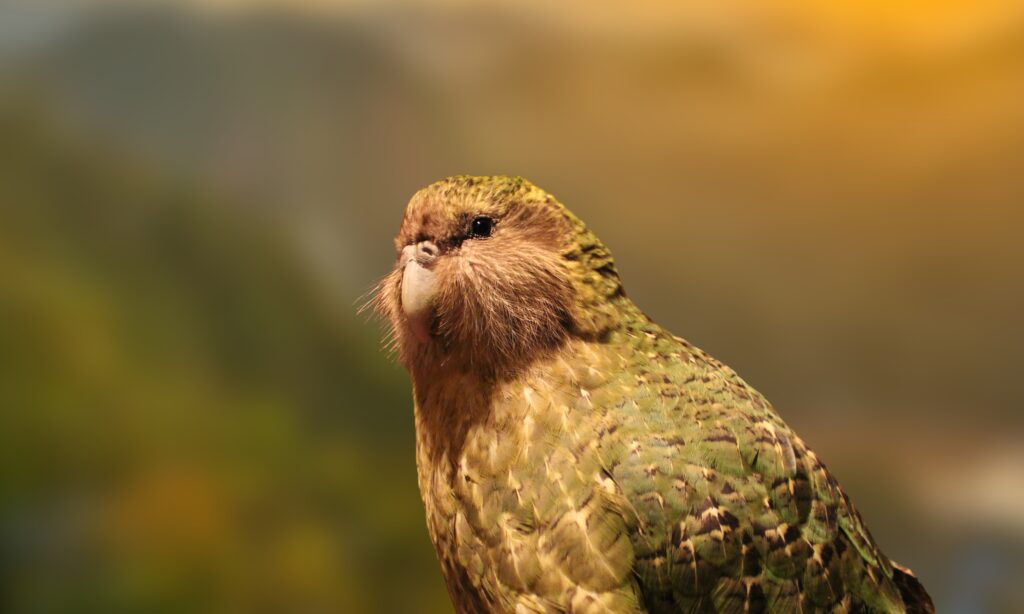
Native to New Zealand, the Kakapo (Strigops habroptilus) is one of the world’s rarest parrots, with only around 250 individuals left. This nocturnal, flightless bird was once abundant, but habitat destruction, along with the introduction of invasive predators such as rats and stoats, has driven it to the brink of extinction. Efforts to save them began in the late 20th century, focusing on predator-free islands where the birds could safely breed. Conservationists are also employing advanced technologies, such as artificial insemination, to boost the population. Despite these interventions, the species remains critically endangered. The Kakapo Recovery Plan, led by the New Zealand Department of Conservation, has seen some success, but the road to recovery is long.
Bornean Ground Cuckoo
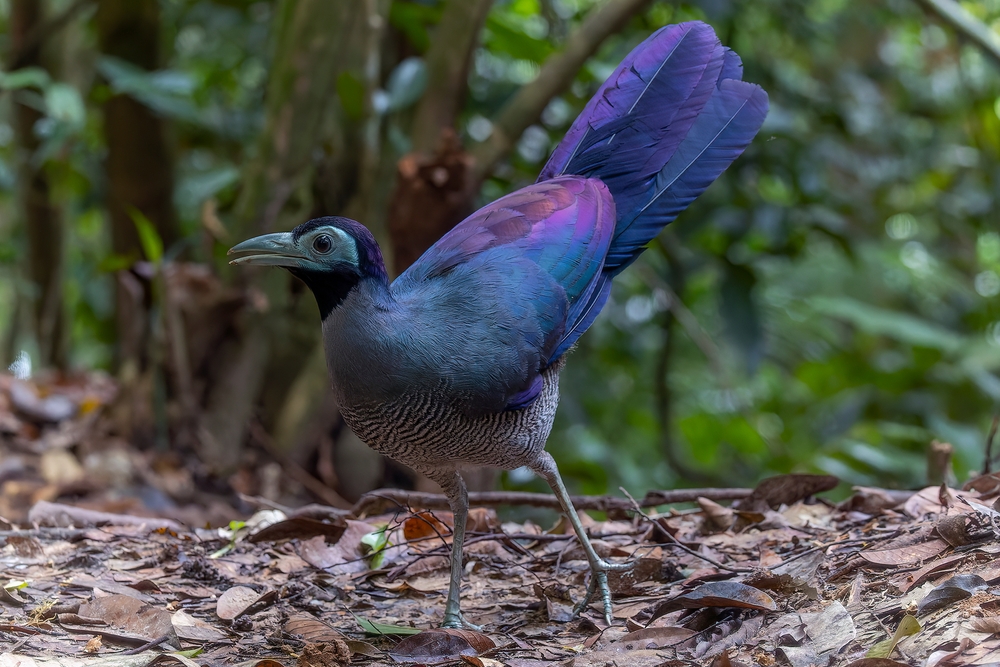
The Bornean Ground Cuckoo (Carpococcyx radiatus) is a secretive bird native to the rainforests of Borneo. Extensive deforestation for palm oil plantations and illegal logging has fragmented its habitat, causing the population to plummet. Listed as Vulnerable, the species is now confined to increasingly isolated forest patches. Conservationists estimate that fewer than 10,000 individuals remain, making the bird highly susceptible to extinction. Though it can survive in degraded forests to some extent, continued loss of habitat will likely push it to endangered status within the next decade. Efforts to restore its habitat and prevent further deforestation are ongoing, but success depends on stricter enforcement of environmental protections.
White-Throated Shrike-Tanager
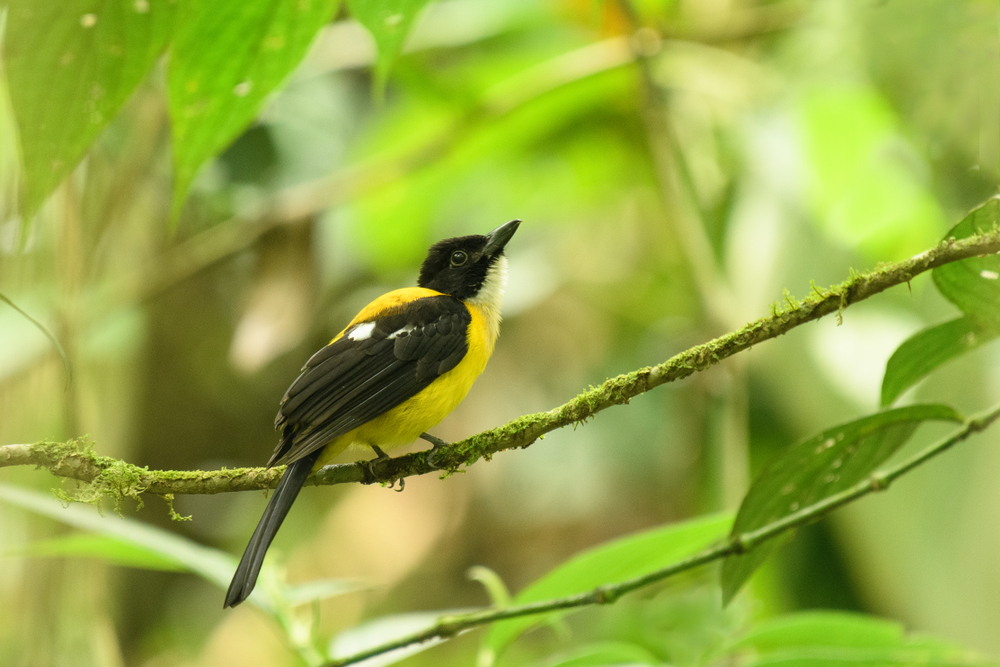
The Lanio leucothorax, or White-Throated Shrike-Tanager, inhabits the lowland forests of Central America. However, rampant deforestation for agriculture and cattle production has decimated its habitat, pushing the species closer to extinction. Recent studies indicate that their population has drastically reduced, with fragmented habitats making breeding more difficult. Logging roads have also increased hunting pressure, as once-remote areas become more accessible to humans. Conservationists are working to protect the remaining forest patches, but these efforts may not be enough to reverse the damage. The species’ fate depends heavily on curbing deforestation and securing large, contiguous areas of its natural habitat.
Yellow-Eared Parrot
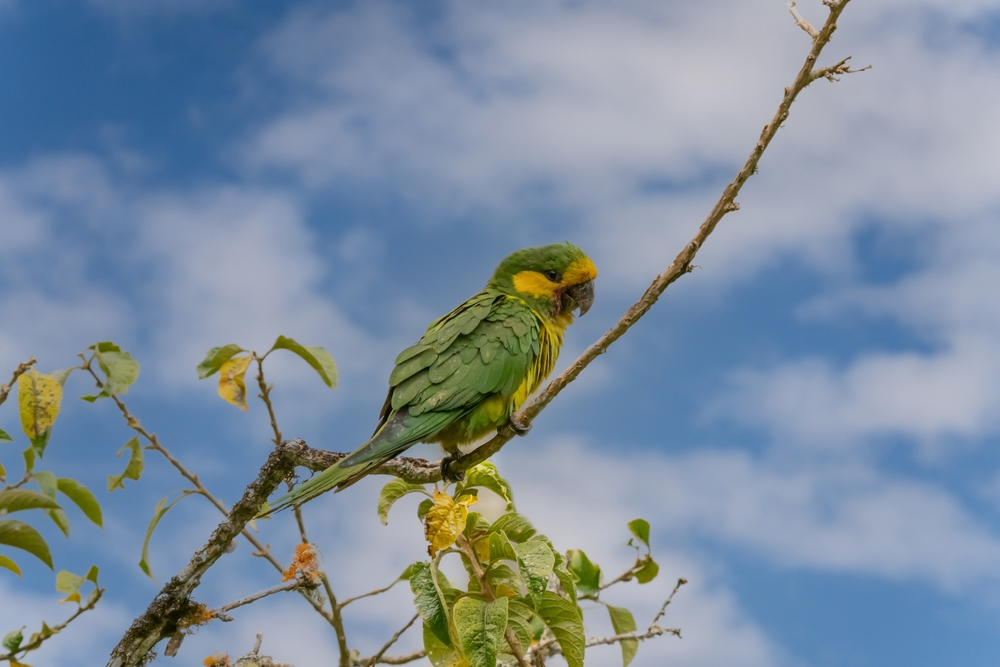
The Yellow-Eared Parrot (Ognorhynchus icterotis) is critically endangered, with fewer than 200 individuals remaining in the wild. Once found throughout the Andean cloud forests of Colombia, habitat destruction due to logging and agriculture has severely reduced its population. The species is closely associated with the wax palm, which has been harvested for palm oil production, leaving the birds without their primary nesting sites. Conservation efforts have focused on replanting wax palms and protecting existing forests. In addition to habitat loss, the illegal pet trade and hunting have further decreased their numbers. Although reforestation efforts have seen some success, it remains highly vulnerable. Without long-term habitat restoration and strict protection measures, the future of the Yellow-Eared Parrot is uncertain.
Philippine Eagle
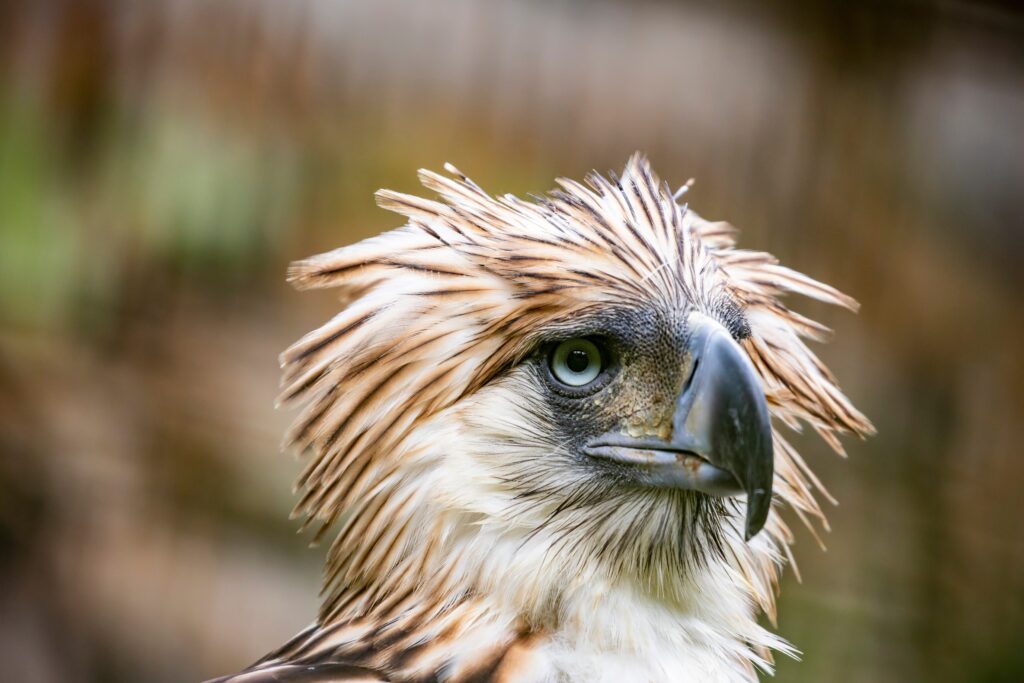
The Philippine Eagle (Pithecophaga jefferyi) is one of the largest and most powerful raptors in the world, yet fewer than 400 individuals remain. Native to the Philippines, this majestic bird faces severe habitat loss due to deforestation for logging, agriculture, and urban development. It requires vast tracts of undisturbed forest to hunt and nest, but these areas are shrinking rapidly. Additionally, hunting and accidental shootings continue to threaten their survival, despite legal protections. Conservation programs have focused on habitat restoration, captive breeding, and increasing public awareness, but the species’ future remains fragile.
Regent Honeyeater
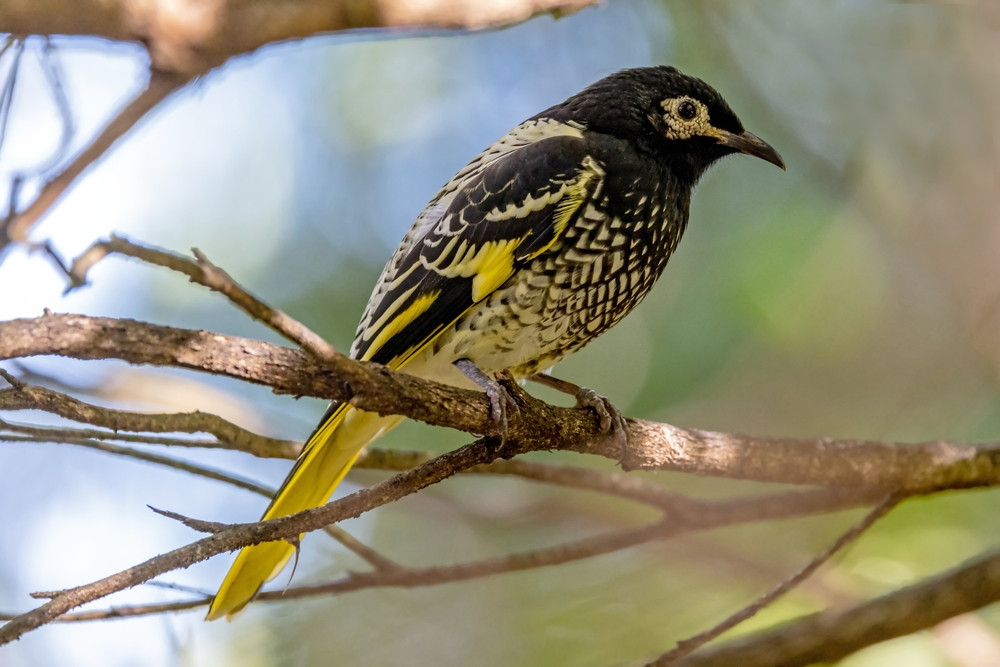
The Anthochaera phrygia, or Regent Honeyeater, is a critically endangered bird native to southeastern Australia, with fewer than 400 individuals remaining in the wild. Widespread clearing of eucalyptus forests for agriculture and urban expansion has severely impacted their feeding and breeding habitats. This loss of habitat has led to a decline in available food sources, making it harder for the species to survive and reproduce. Additionally, the fragmentation of their habitat makes it difficult for the birds to find mates, further reducing the population. Conservation efforts, including habitat restoration and captive breeding programs, have been implemented, but the species continues to struggle. Without sustained conservation actions, it could face extinction within a few decades.
Northern Bald Ibis
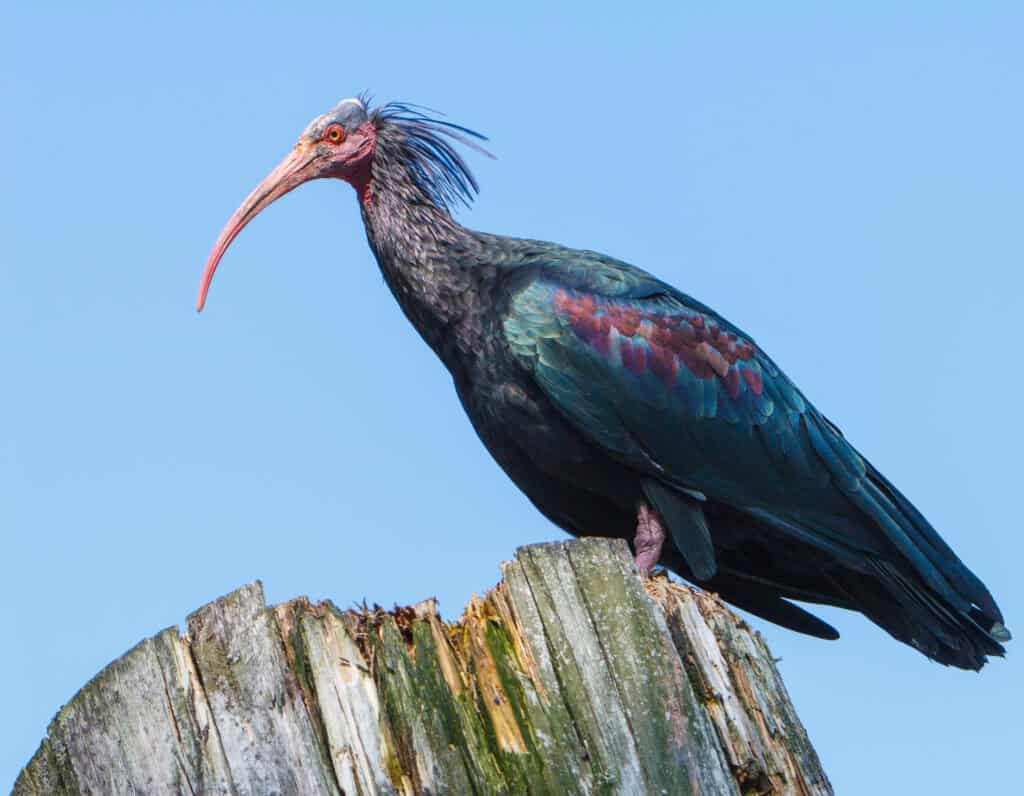
The Northern Bald Ibis (Geronticus eremita) is critically endangered, with fewer than 500 individuals left in the wild. Found in parts of Morocco and Syria, this species once had a much wider range across Europe and the Middle East. Habitat destruction due to agricultural expansion, hunting, and urban development has decimated their populations. Additionally, pesticide use has reduced their food sources, further threatening their survival. Conservation programs in Morocco have seen some success, with efforts focused on habitat protection and reintroduction projects. However, it remains highly vulnerable, and more international cooperation is needed to ensure its survival.
Kirtland’s Warbler
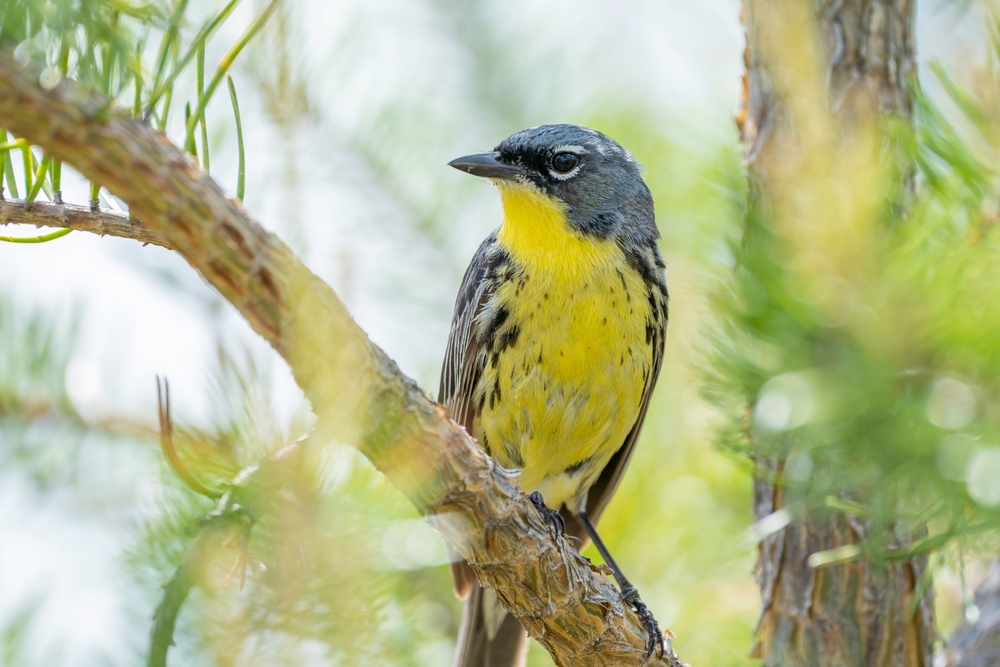
The Kirtland’s Warbler (Setophaga kirtlandii) is a small songbird that breeds exclusively in the jack pine forests of Michigan, U.S., with a population of around 4,500 individuals. This bird has suffered from habitat loss due to the suppression of natural forest fires, which are essential for maintaining the young jack pines that the species depends on. Conservation efforts, including controlled burns and habitat management, have helped stabilize the population in recent years. However, it remains vulnerable to habitat destruction and invasive species, particularly cowbirds, which lay their eggs in warbler nests. Continued habitat management and monitoring are essential for the long-term survival of this species.
Swift Parrot

The Swift Parrot (Lathamus discolor) is critically endangered, with fewer than 2,000 individuals remaining. This migratory bird breeds in Tasmania and spends winters on mainland Australia. Habitat loss due to logging and agricultural expansion has significantly reduced the availability of the eucalyptus forests they rely on for food and nesting. In addition to habitat destruction, the species faces threats from predation by sugar gliders, an introduced species that preys on their eggs and chicks. Conservation efforts include habitat protection and predator control programs, but the species remains in a precarious state.
African Grey Parrot
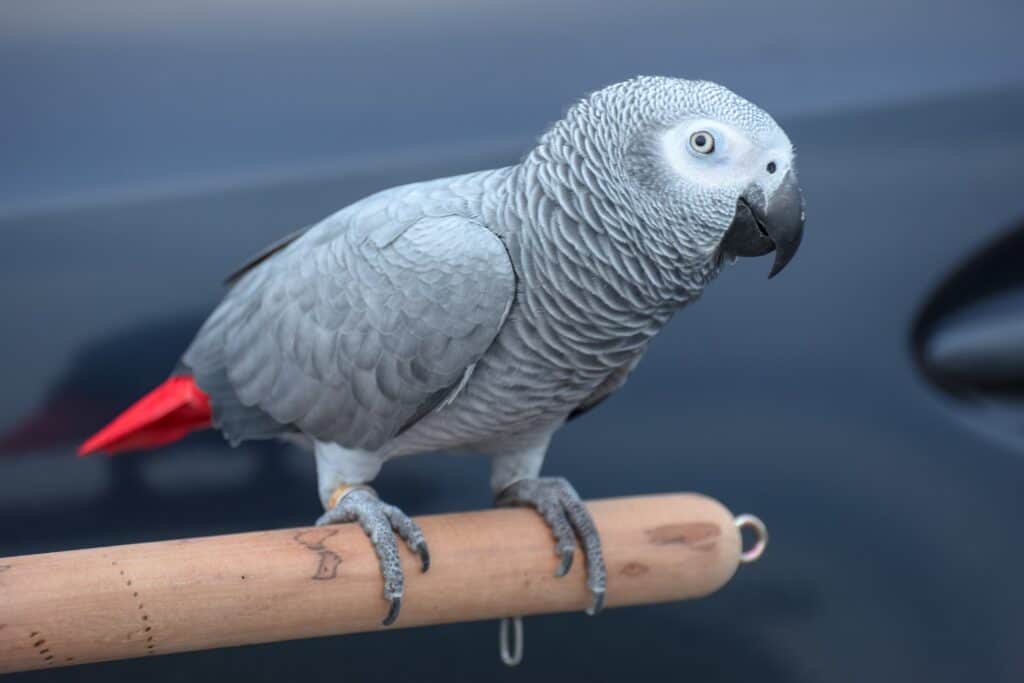
The African Grey Parrot (Psittacus erithacus) is one of the most iconic and intelligent bird species, yet it is now listed as endangered. Native to the rainforests of West and Central Africa, its population has been severely affected by habitat destruction due to logging and agricultural expansion. Additionally, the illegal pet trade has further decimated their numbers, as these birds are highly sought after for their ability to mimic human speech. Conservation efforts focus on cracking down on the illegal trade and protecting critical habitats, but the population continues to decline. With fewer than 100,000 individuals left in the wild, it is in urgent need of international conservation measures to prevent further declines.
Forest Owlet
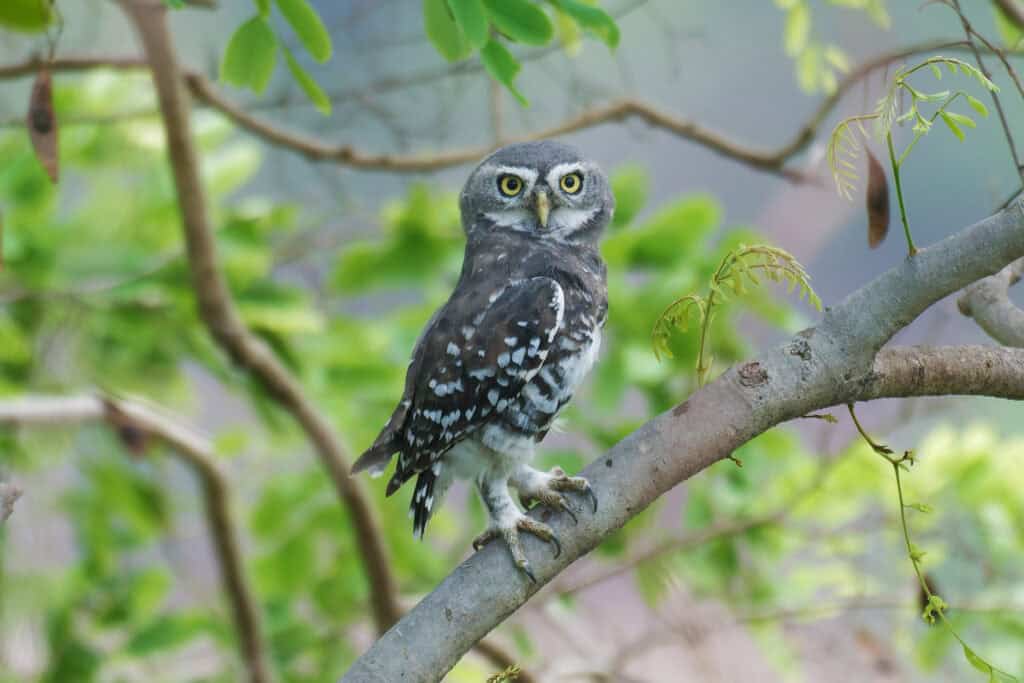
The Forest Owlet (Heteroglaux blewitti) is critically endangered, with fewer than 250 individuals remaining in the forests of central India. Thought to be extinct until it was rediscovered in 1997, this small owl faces severe habitat loss due to deforestation for agriculture and urban development. The fragmentation of its forest habitat has made it increasingly difficult for the species to find suitable nesting sites and prey. Conservationists are working to protect the remaining forests and create wildlife corridors to connect fragmented habitats. Despite these efforts, it remains highly vulnerable to extinction.
This article originally appeared on Rarest.org.
More from Rarest.org
19 Stunning Perennial Flowers That Attract Butterflies and Bees
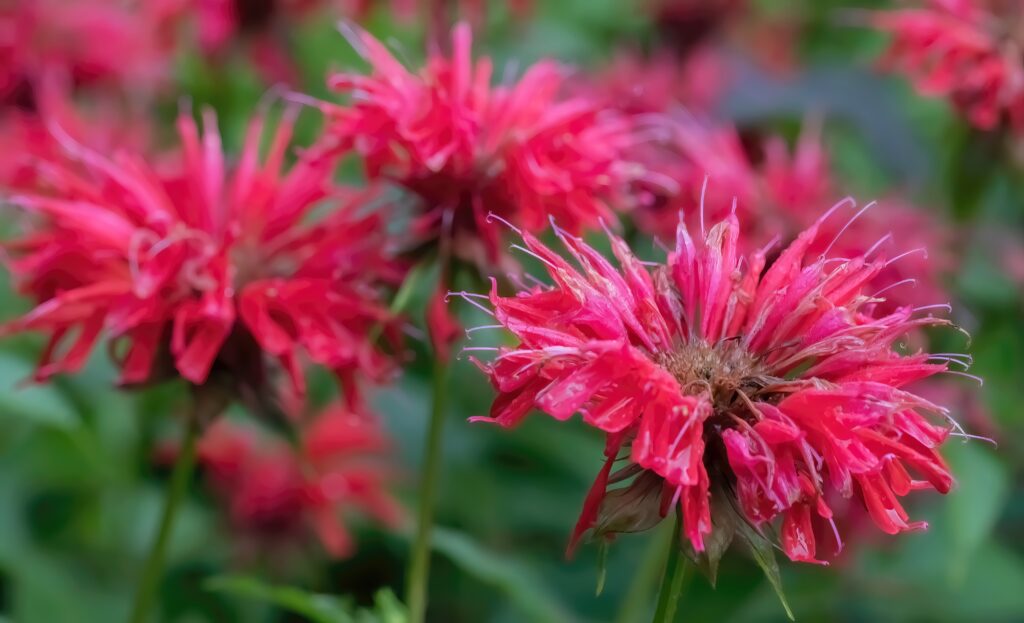
Butterflies and bees are essential pollinators, and one of the best ways to attract them is by planting beautiful perennial flowers. These plants not only add color to your garden but also support local ecosystems. Each flower on this list has a unique feature that draws in pollinators, making them a perfect addition to any outdoor space. Read More.
17 Brilliantly Colored Frogs and Amphibians That Stand Out in Nature
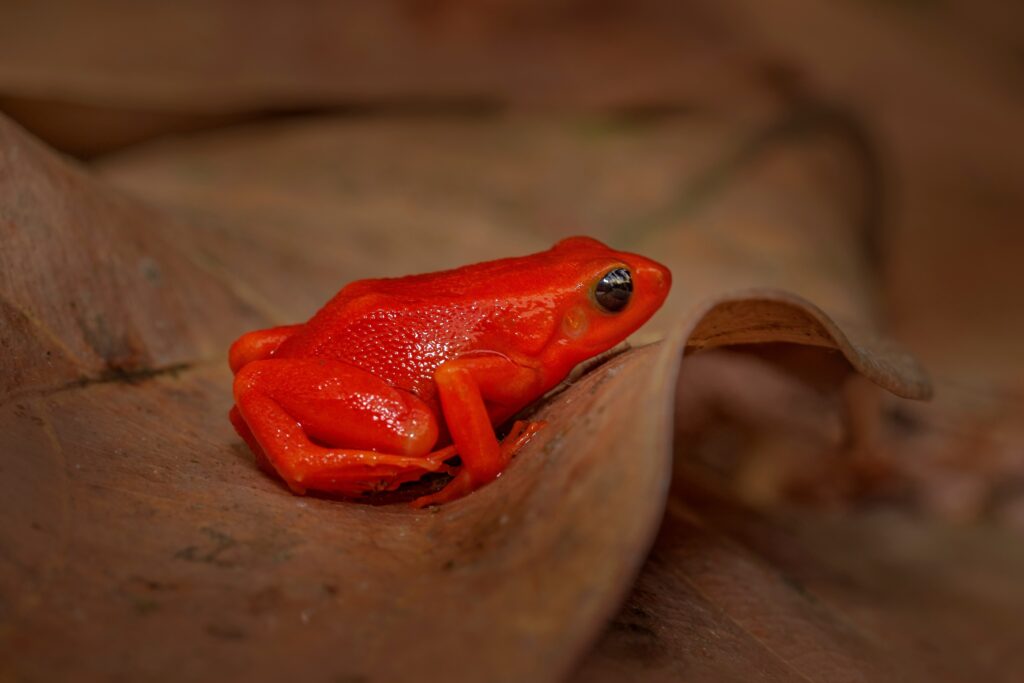
Nature is full of vibrant colors, but few creatures display them as boldly as frogs and amphibians. These animals often use their bright hues for protection, signaling danger to predators or blending into their colorful environments. Read More.
16 Unique Flora and Fauna Found Only in Isolated Ecosystems
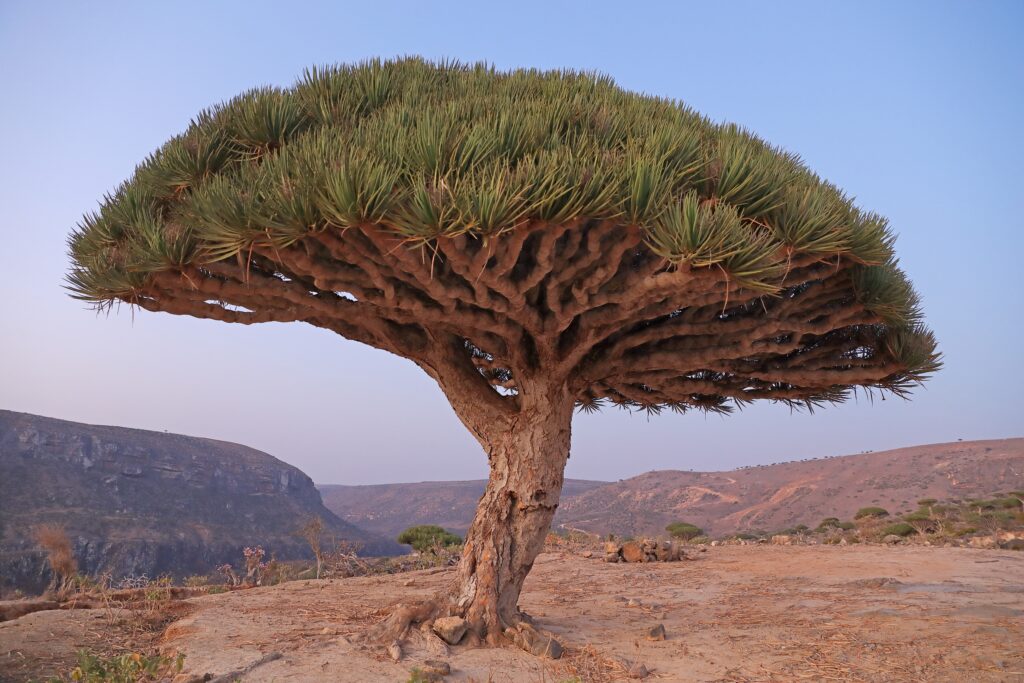
Isolated ecosystems have given rise to some of the most unique plants and animals on Earth. These regions, often cut off from other landmasses for millions of years, allow species to evolve in ways that are found nowhere else. Read More.
